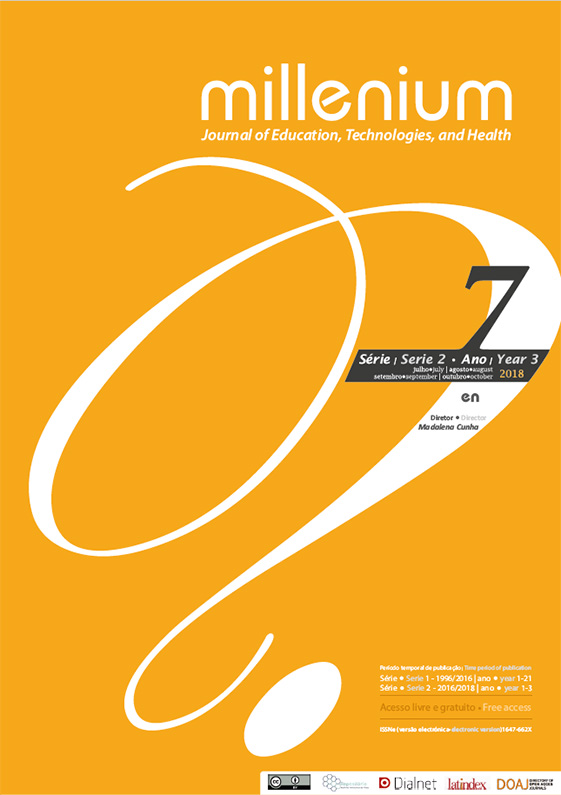Elasto-plastic shear behavior of reinforced honeycomb and auxetic reentrant lattices
DOI:
https://doi.org/10.29352/mill0207.07.00179Keywords:
Auxetic, Shear, Elasto-Plastic;, Finite element analysisAbstract
Introduction: Auxetic materials possess a negative Poisson’s ratio. Even though, the existence of isotropic auxetics is theoretically possible, they seem to be absent in natural states thus, there has been an effort to produce artificial auxetics mostly by the design of inverted (reentrant) honeycombs.
Objetives: This study explores a novel Reinforced Honeycomb Lattices and Auxetic Reentrant lattices to enhance structural elasto-plastic behaviour in shear deformation.
Methods: Finite element analysis (FEA) is used to simulate shear loading in Reinforced Honeycomb and Auxetic Reentrant lattices, while the imposed stress and strains are monitored.
Results: Auxetic transformation promotes an increase in shear modulus, however, it generates plastic strains at lower values of shear deformation. However, the closing effect of auxetic materials, tends to reduce the plastic affected area.
Conclusions: In this study, a novel generation of Reinforced Honeycomb and Auxetic Reentrant Lattices are presented. Even though, the auxetic transformation generates plastic strain for lower shear deformation regimes, it is able to reduce the areas affected by plasticity and elevate shear stiffness.
Downloads
References
Alderson, A., & Alderson K.L. (2007). Auxetic Materials. Proceedings of the Institution of Mechanical Engineers Part G Journal of Aerospace Engineering, 221, 565-575. https://doi.org/10.1243/09544100JAERO185
Almgren, R.F. (1985). An isotropic three-dimensional structure with Poisson's ratio – 1. Journal of Elasticity, 15, 427-430.
Carneiro, V.H., Meireles J., & Puga H. (2013). Auxetic Materials – A Review. Materials Science – Poland, 31(4), 561-571. Retrieved from: https://link.springer.com/article/10.2478/s13536-013-0140-6.
Fung, Y. (1965). Foundations of solid mechanics. New Jersey, USA: Prentice Hall.
Gatt, R., Wood, M.V., Gatt, A., Formosa, C., Azzopardi, K.M., Casha, A., Agius, T.P., … Grima, J.N. (2015). Negative Poisson’s ratios in tendons: An unexpected mechanical response. Acta Biomaterialia, 24, 201-208. https://doi.org/10.1016/j.actbio.2015.06.018
Gibson, L.J., Ashby, M.F., Schajer, G.S., & Robertson, C.I. (1982). The mechanics of two-dimensional materials. Proceedings of the Royal Society A, 382, 25-42. https://doi.org/10.1098/rspa.1982.0087
Greaves, G.N., Greer, A.L., Lakes, R.S., & Rouxel, T. (2011). Poisson’s ratio and modern materials. Nature Materials, 10 (11), 823-837. Retrieved from: https://www.nature.com/articles/nmat3134.
Hu, L.L., & Deng, H. (2015). Indentation resistance of the re-entrant hexagonal honeycombs with negative Poisson’s ratio. Materials Research Innovations, 19, 441-445. https://doi.org/10.1179/1432891715Z.0000000001588
Jasiuk, I., Chen, J., & Thorpe, M.F. (1994). Moduli of Two Dimensional Materials With Polygonal and Elliptical Holes. Applied Mechanics Reviews, 47, 18-28. https://doi.org/10.1115/1.3122813
Keskar, N.R., & Chelikowsky, J.R. (1992). Negative Poisson ratios in crystalline SiO2 from first-principles calculations. Nature, 358, 222-224. https://doi.org/10.1038/358222a0
Lakes, R.S. (1987). Foam Structures with a Negative Poisson's Ratio. Science, 235, 1038-1040. https://doi.org/10.1126/science.235.4792.1038
Lim, T.C., Cheang, P., & Scarpa, F. (2013). Wave motion in auxetic solids. Physica Status Solidi B, 251, 388-396. https://doi.org/10.1002/pssb.201384238
Malek, S., & Gibson, L. (2015). Effective elastic properties of periodic hexagonal honeycombs. Mechanics of Materials, 91, 226-240. http://dx.doi.org/10.1016/j.mechmat.2015.07.008
Merhagni, F., Desrumaux, F., & Benzeggagh, M.L. (1999). Mechanical behaviour of cellular core for structural sandwich panels. Composites Part A: Applied Science and Manufacturing, 30, 767-779.
Timoshenko, S., & Goodier, J.N. (1951). Theory of Elasticity. New York, USA: McGraw-Hill.
Voigt, W. (1882). Allgemeine Formeln für die Bestimmung der Elasticitätsconstanten von Krystallen durch die Beobachtung der Biegung und Drillung von Prismen. Annalen der Physik, 252, 273-321. https://doi.org/10.1002/andp.18822520607
Downloads
Published
How to Cite
Issue
Section
License
Authors who submit proposals for this journal agree to the following terms:
a) Articles are published under the Licença Creative Commons (CC BY 4.0), in full open-access, without any cost or fees of any kind to the author or the reader;
b) The authors retain copyright and grant the journal right of first publication, allowing the free sharing of work, provided it is correctly attributed the authorship and initial publication in this journal;
c) The authors are permitted to take on additional contracts separately for non-exclusive distribution of the version of the work published in this journal (eg, post it to an institutional repository or as a book), with an acknowledgment of its initial publication in this journal;
d) Authors are permitted and encouraged to publish and distribute their work online (eg, in institutional repositories or on their website) as it can lead to productive exchanges, as well as increase the impact and citation of published work
Documents required for submission
Article template (Editable format)





